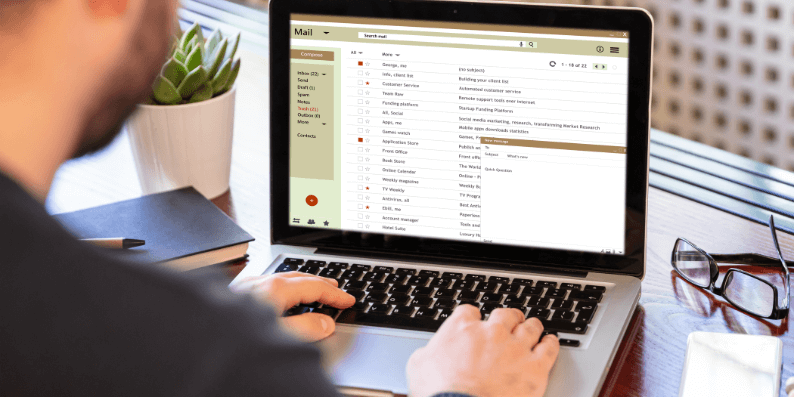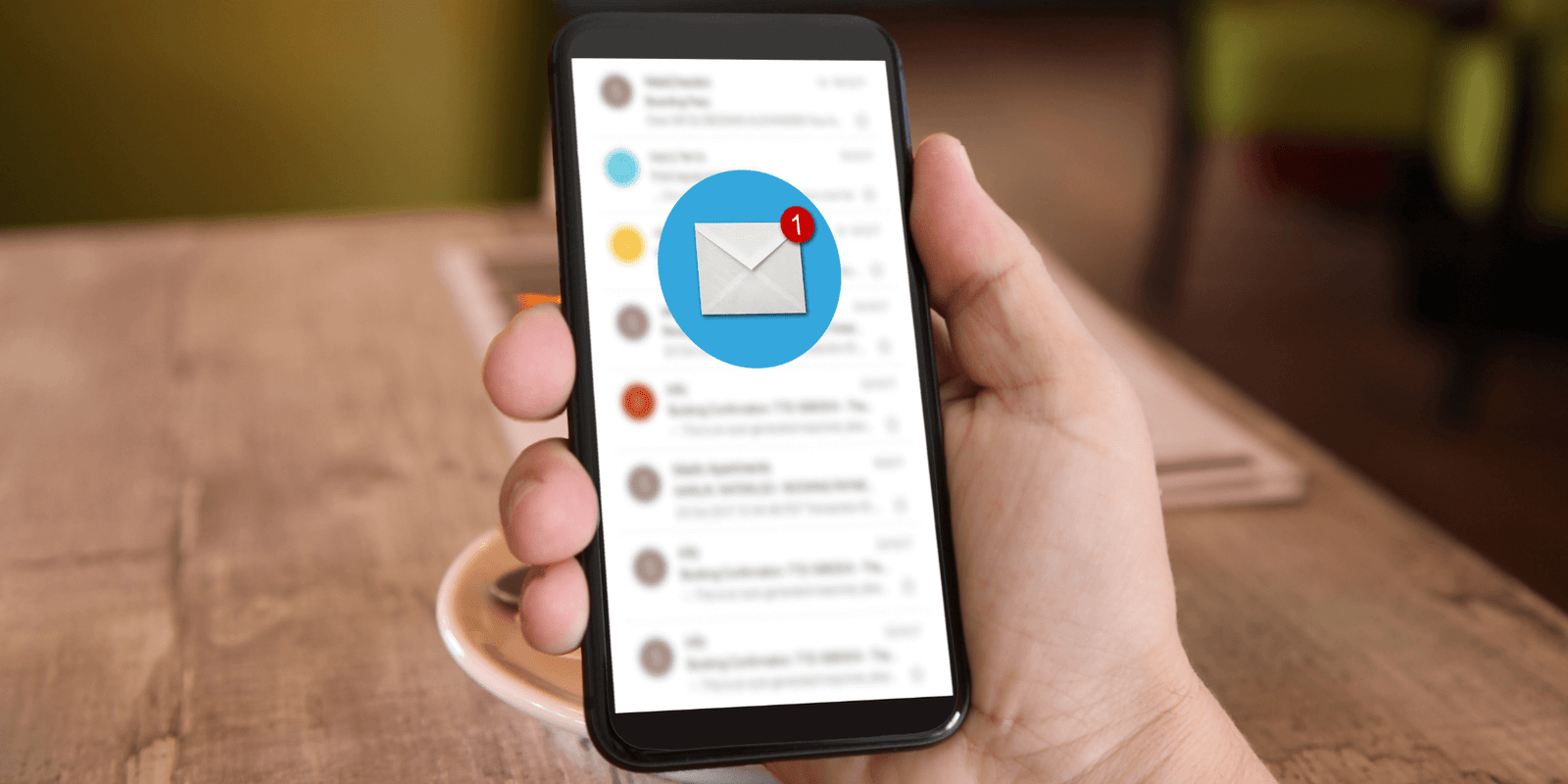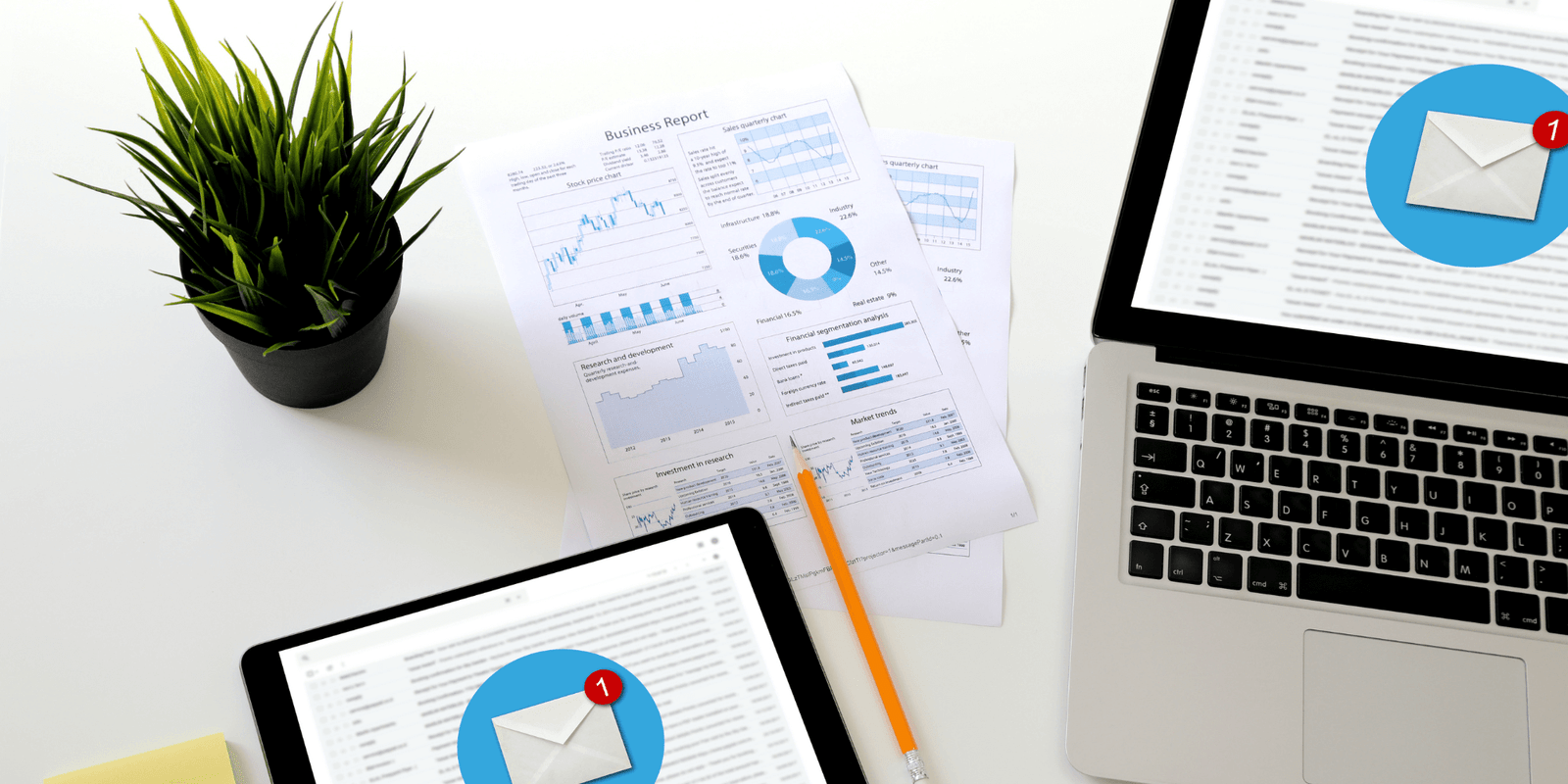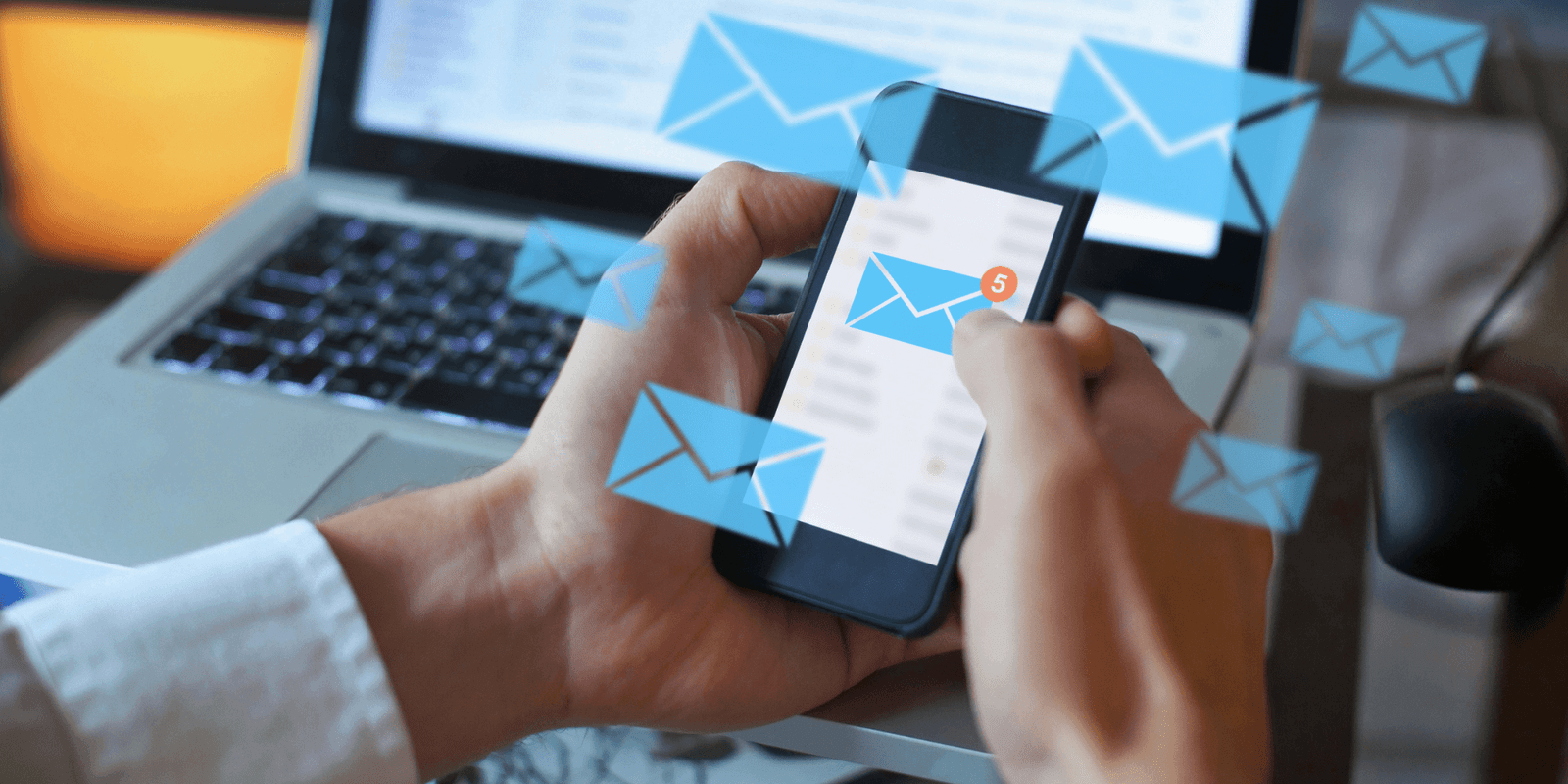The Best Time to Send Out Marketing Emails

From my experience, the best time to send out marketing emails is during midweek and shortly after noon. I base this on the 65.76% average open rate and 14.96% average click rate I’ve been able to achieve. I typically send out emails on Thursdays around 12:10pm.
With that said, timing is everything, especially with email marketing. Knowing when to hit “send” can be the difference between a successful campaign and one that falls flat. But with so many factors at play, how can you determine the best time to send out marketing emails in 2023?
In this blog post, we’ll dive into the importance of understanding the following concepts in order to find the optimal time for you to send your marketing emails:
- Your target audience
- Analyzing email marketing data
- Leveraging testing and optimization strategies
Key Takeaways
- Understand your target audience’s preferences to optimize marketing emails for open rates and conversions.
- Analyze email data and adjust campaigns based on device usage, time zones, and seasonal trends.
- Craft effective subject lines with personalization, urgency and scarcity for improved engagement and results.
Understanding Your Target Audience

Grasping your target audience’s nuances is the first step to determining the best time to send marketing emails. Factors such as demographics, device usage, and time zones play a significant role in finding the most effective sending times.
Understanding your audience’s habits and routines equips you to grab their attention more effectively and inspire action – a pathway to increased open rates and conversions.
Demographics
Age, gender, and lifestyle are important factors to consider when determining the best time to send marketing emails. For example:
- B2B service or product newsletters tend to perform better when sent during working hours
- A travel agency or an author might find more success by sending emails after work hours or on the weekend
- Paying attention to the lifestyles of your target audience, such as working mothers with children, can also influence the optimal email timing.
Some industries may have specific timing preferences that cater to their particular audience too. For instance, pizza companies often send out promotions and coupons at 4:15 PM, which aligns with the time when people are starting to think about dinner plans.
Understanding your audience’s demographics helps you make smart decisions on the timing of emails that will resonate most with them.
Device Usage
Considering that 75% of email opens in the United States occur on mobile devices, factoring in device usage during your email campaign planning is vital. Responsive design is important to ensure that your emails are easily accessible and engaging on both mobile and desktop devices.
To further optimize your email campaign, it’s important to take into account the device preferences of your existing subscribers. Analyzing data on how your audience interacts with your emails across different devices can help you identify trends and make adjustments to deliver emails accordingly. This will ultimately lead to higher open and click-through rates, driving better engagement and results.
Time Zones
One often overlooked factor in determining the best time to send marketing emails is the time zone of your subscribers. By considering the time zones of your target audience, you can maximize the open rates of your emails and enhance engagement and outcomes.
Considering time zones, you might find better results by sending emails a few minutes past the hour. This can help reduce the potential for email delays and ensure that your email arrives in your subscribers’ inboxes at the optimal time. I’ve personally made this a practice with my wine review site and it’s led to increased open rates.
By tailoring your email sending times based on your subscribers’ own time zone, you’ll be better equipped to reach and engage your audience, regardless of where they’re located.
Analyzing Email Marketing Data

Analyzing email marketing data is paramount for email marketers in accurately determining the best time to send their marketing emails. Metrics such as open rates, click-through rates, and conversion rates can provide valuable insights into the most effective sending times for your target audience.
In the subsequent sections, we’ll delve into these metrics and highlight the significance of using advanced reporting and analytics tools for optimizing your email marketing strategy.
Open Rates
Open rates are a key metric in understanding the success of your email campaigns. They reveal how many people opened your email and how many disregarded it. Studies have shown that open rates are highest on Tuesdays, but it’s important to note that this may not be true for everyone.
For example, on my wine review site, I always target Thursdays because that’s when people are starting to think about shopping for the weekend.
Identifying the day that garners most engagement from your audience requires experimenting with email design and messaging, refining your campaigns, and sticking to email best practices.
Then, by evaluating open rates and testing different sending times, you can identify the most successful sending window for your specific audience and optimize your email marketing strategy accordingly.
Click-Through Rates
Click-through rate data is another important metric that measures the ratio of users who click on a specific link or advertisement to the number of times that link or advertisement is displayed. Examining click-through rate data can assist email marketers in recognizing the most advantageous time for driving engagement and traffic.
For instance, some studies have found that sending emails on Tuesday at 10:00 am leads to higher click-through rates and overall engagement. By analyzing click-through rate data, you can pinpoint the times when users are most likely to click on a link or advertisement and use this information to maximize the effectiveness of your campaigns.
Conversion Rates
Conversion rates are yet another crucial metric to consider when evaluating the success of your email marketing campaigns. By monitoring conversion rates, you can gauge the efficacy of your marketing strategies and make data-driven decisions to improve your conversion rates.
To optimize conversion rates, it’s important to employ strategies such as A/B testing, analyzing subscriber behavior, and accounting for seasonal trends.
By keeping a close eye on these metrics and making necessary adjustments, you can ensure that your email marketing campaign is performing at its best and driving the desired results.
Best Days for Sending Marketing Emails

Although no universal answer exists for the best day of the week to send marketing emails, research points towards midweek days, specifically Tuesday to Thursday, as being the most effective.
As an example, according to ConvertKit’s email marketing statistics, Tuesday is the most popular day to send marketing emails.
In the following sections, we’ll go deeper into the advantages and disadvantages of sending emails on weekdays versus weekends, as well as discuss the optimal weekday choices for maximum engagement.
Weekdays vs. Weekends
The debate between weekdays and weekends for sending marketing emails often comes down to the highest open rate and click-through rates. Data shows that weekdays typically have higher open and click-through rates than weekends.
However, this doesn’t mean that weekends should be completely disregarded. While email engagement rates might be lower on weekends, certain industries or audiences might still find success in sending emails during this time.
The key is to analyze your own data and draw your own conclusions to determine which days work best for your specific audience and industry.
Optimal Weekday Choices
As noted earlier, Tuesday through Thursday, the midweek days, are widely regarded as the best days for sending marketing emails because of their higher engagement rates. Various studies have shown that sending emails on these days can lead to higher open rates, click-through rates, and conversions.
That being said, it’s important to remember that the optimal day for sending emails might vary depending on your target audience and industry.
To find the best day for your specific needs, it’s crucial to conduct your own tests and analyze your data to determine which days yield the highest engagement and conversions.
Ideal Times During the Day

Beyond selecting the best day to send marketing emails, considering the optimal time of day to send email campaigns is also crucial in maximizing engagement and open rates.
In this section, we’ll explore the benefits of sending emails during various times of the day, such as mornings, mid-day breaks, and evenings or nights.
Morning Emails
Sending emails in the early morning before business hours can be highly effective, especially for older subscribers and B2B audiences. Research has shown that sending emails between 8 am and 10 am can lead to higher open and click rates.
To further optimize your morning emails, consider personalizing the subject line, creating a sense of urgency and scarcity, and ensuring the subject line is clear and relevant. By addressing these factors, you can increase the likelihood of your morning emails being opened and engaged with.
Mid-Day Breaks
Mid-day breaks, such as lunchtime, can be an effective time to send emails as people may have more time to check their inboxes. Sending emails during this time can lead to higher open rates and engagement, particularly if your content is relevant and appealing to your target audience.
To optimize your mid-day emails, consider the following strategies:
- Use a succinct subject line to grab the attention of your audience.
- Personalize the email content to make it more relevant and engaging.
- Schedule emails to be sent at the most advantageous time, such as during your audience’s lunch break.
By implementing these strategies, you can increase the chances of capturing the attention of your audience and driving higher engagement and conversions.
Evening and Night Emails
Evening and night emails can be successful for certain industries or audiences, such as younger subscribers or B2C campaigns.
While emails sent during the night may have lower chances of being read or engaged with, it’s still worth considering this time frame if your target audience is more likely to be active during these hours.
To maximize the effectiveness of your evening and night emails, it’s essential to test different sending times and analyze your subscriber behavior to determine the best time to send an email for your specific audience. By doing so, you can ensure that your emails are reaching your subscribers when they’re most likely to engage with your content.
Testing and Optimization Strategies

Applying testing and optimization strategies is vital in accurately determining the best time to send marketing emails.
In this section, we’ll discuss various tactics such as A/B testing, analyzing subscriber behavior, and adjusting for seasonal trends to help you find the most effective time to send your marketing emails.
A/B Testing
A/B testing is a highly effective strategy to identify the best sending times, subject lines, and content for your audience. By testing different variations of your email campaigns and analyzing the results, you can identify which factors resonate with your target audience and optimize your email marketing strategy accordingly.
To conduct an A/B test, you can:
- Create two versions of your email with different subject lines, sending times, or content.
- Send the two versions to a portion of your email list.
- Analyze the open and click-through rates of each version.
- Determine which version performs better.
- Use that information to inform your future email campaigns.
Analyzing Subscriber Behavior
Considering subscriber behavior data is another key element in optimizing your email marketing strategy. By examining the activities and interactions of your email subscribers, you can uncover patterns and preferences that can help you tailor your email campaigns to their needs.
For instance, by analyzing open and click-through rates, as well as the types of content that subscribers engage with, you can better understand their preferences and create more targeted and effective marketing campaigns.
In turn, this can lead to higher engagement rates and improved results for your email marketing efforts.
Adjusting for Seasonal Trends
Seasonal trends, holidays, and special events can also have a significant impact on the optimal time to send marketing emails. By adjusting your email sending times based on these factors, you can maximize engagement and improve your email marketing strategy.
For example, during the holiday season, you might find that your subscribers are more likely to engage with promotional emails or special offers.
By tailoring your email campaigns to these seasonal opportunities, you can capitalize on increased interest and drive better results for your business.
Tips for Crafting Effective Subject Lines

An engaging email subject line can be the deciding factor in whether your email gets opened or overlooked.
In this section, we’ll share tips for crafting effective subject lines that incorporate personalization, urgency and scarcity, and clarity and relevance to boost open rates and engagement.
Personalization
Personalized subject lines can make subscribers feel valued, increasing the likelihood of them opening your emails. By incorporating your subscriber’s name or other personalized details, you can create a more unique and engaging experience that encourages them to take action.
In addition to using names, you can also personalize subject lines based on your subscribers’ preferences, past behavior, or other demographic information. This level of personalization can help create a stronger connection with your audience and increase the likelihood of them engaging with your email content.
Urgency and Scarcity
Tactics that create a sense of urgency and scarcity prove highly effective in prompting subscribers to act swiftly. By creating a sense of urgency or limited availability, you can motivate your subscribers to open your emails and engage with your content before the opportunity passes them by.
Examples of urgency and scarcity tactics include limited-time discounts, exclusive offers, and countdown timers. By incorporating these elements into your subject lines, you can create a compelling reason for your subscribers to open your emails and take action.
Clarity and Relevance
Maintaining clarity and relevance in your subject lines to the email content is essential to boost open rates and engagement, especially when sending out email blasts. Avoid using clickbait tactics or misleading language that may confuse or frustrate your subscribers.
Instead, focus on crafting subject lines that accurately reflect the content of your email and resonate with your target audience. By doing so, you can increase the likelihood that your subscribers will click to open your emails, engage with your content, and ultimately, take the desired action.
Summary
In conclusion, the best time to send marketing emails in 2023 depends on a variety of factors, including your target audience, their demographics, device usage, and time zones.
By analyzing email marketing data, testing different sending times, and optimizing subject lines, you can find the most effective time to send your marketing emails and boost engagement.
Remember, there’s no one-size-fits-all answer, and it’s essential to continually test and analyze your data to stay ahead in the ever-evolving world of email marketing.
Frequently Asked Questions
What is the best and worst time to send marketing emails?
The best time to send marketing emails is Thursday 8-9am, while Saturday after 6pm is the worst. To ensure optimal open rates, consider the recipient’s time zone before sending any emails.
What is the best time to send emails by industry?
Tuesday, Wednesday and Thursday are traditionally favored days for email campaigns, with 9am-12pm and 12pm-3pm being the most popular times.
Is Friday a good time to send a marketing email?
Fridays can be a great time to send marketing emails, as open rates tend to be highest between 10-11am and at 2pm. Also, with fewer emails being sent on the weekend, it’s easier to capture your recipients’ attention due the reduction in competition for the inbox at that time.
How can I improve my email open and click-through rates?
Experiment with different sending times, use A/B testing, and craft engaging subject lines with personalization, urgency, and clarity to improve email open and click-through rates.
How can I optimize my email campaigns for mobile users?
Optimize your email campaigns for mobile and desktop users, by ensuring a responsive design and by tailoring content to each device. Make sure to consider subscribers’ device preferences.





